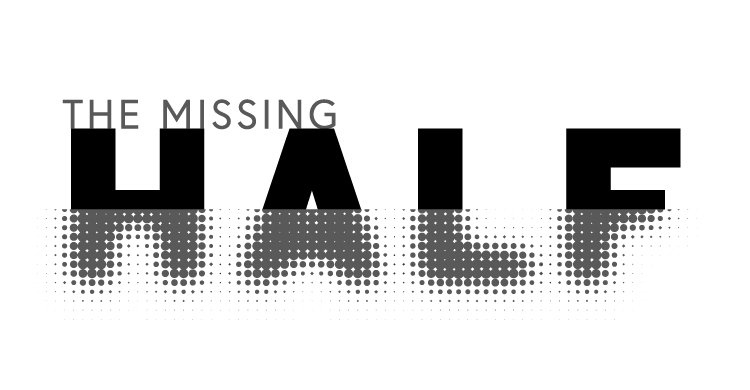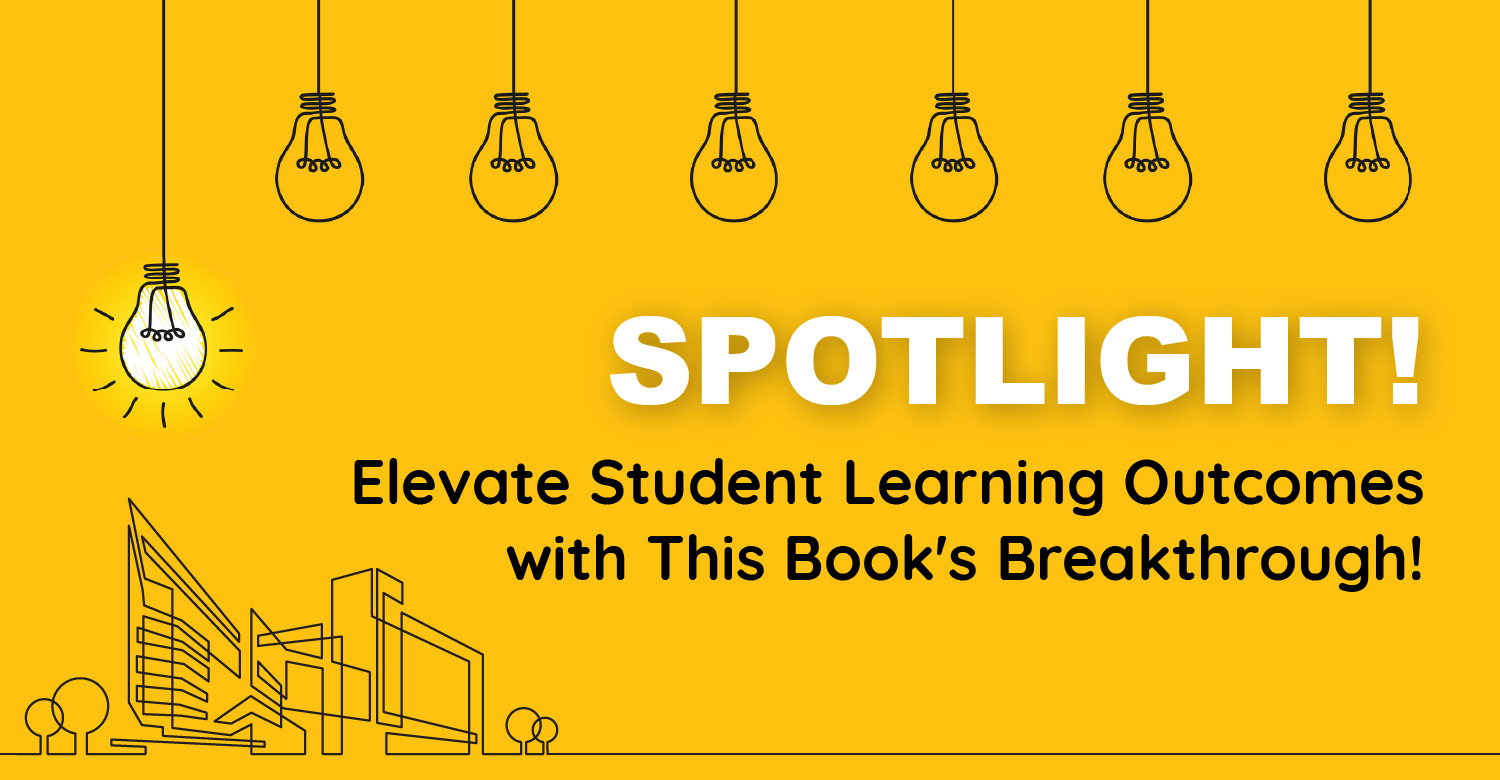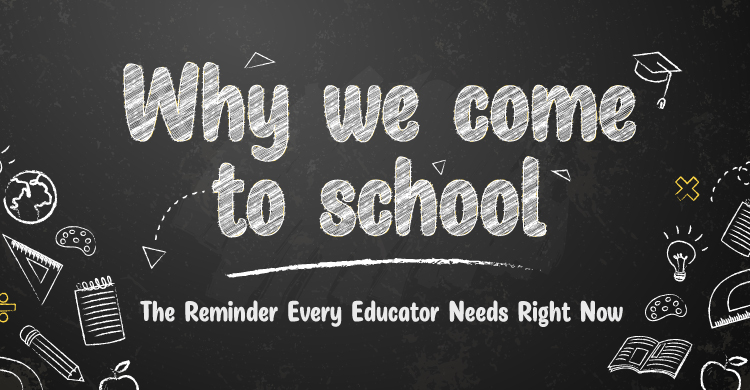Prior to the COVID-19 pandemic, we could substantiate that the majority of a school’s office referrals were for will-based behaviors (verbal/physical interactions, inappropriate language, damage to property or materials, etc.); during distance learning, we have seen these behaviors flipped in the opposite direction into skill-based behaviors (students not logging on, lack of motivation, not turning in assignments, students having low self-concept, etc.). As a result, the gap has widened in the behavioral needs of our students. If we have learned anything through teaching during this pandemic, it is that the term “behavior” doesn’t simply refer to a disruptive student. The term behavior refers to academic behaviors (skill-based) AND social behaviors (will-based) and both need to be taught and reinforced schoolwide and in every classroom.
Schools have taken tremendous strides over the past two decades to ensure data driven structures and processes are in place for student academic success. In high performing PLC schools for example, each collaborative teacher team understands their role and takes lead responsibility and collective ownership to answer these four critical questions for their shared grade level or course identified academic standards: 1) What is it we want our students to know and be able to do? 2) How will we know when each student has learned it? 3) How will we respond when some students do not learn? 4) How will we extend the learning for students who are already proficient? (DuFour et al., 2016, p. 59).
Collaborative teacher teams answer critical question one to determine essential academic standards, unwrap each essential standard into teachable learning targets and decide what proficiency for each standard looks like when creating common formative assessments unit by unit, then design lessons with first best instruction in Tier 1. In short, collaborative teacher teams create a guaranteed and viable curriculum and work to ensure every student acquires the knowledge and skills the team has agreed are most essential for that unit while the leadership team of the school creates the conditions necessary for the teacher teams to successfully implement this critical work. We are at a paradox in education if we live by the fundamental purpose of learning for all, yet set our ceiling of support at learning academic content for all.
How can we accept the responsibility that every student learns differently, have the belief that all students can learn at high levels, proactively provide Tier 1 prevention schoolwide, and systematic interventions when students struggle to learn core instruction; yet respond reactively when a student struggles to demonstrate appropriate behaviors? This contradiction of approaches leaves one to make the argument that a high academically achieving school is merely halfway on their journey toward high levels of learning for all if the same intentional focus is not placed on the academic and social behavior needs of the students they serve.
What can schools do to move beyond this halfway point–specifically, to ensure data driven structures and processes are in place for behavior/SEL schoolwide and in every classroom? In our book, Behavior Solutions we provide the Tier 1 Schoolwide Prevention Cycle as a guide for the leadership team.
Figure 1. Tier 1 Schoolwide Prevention Cycle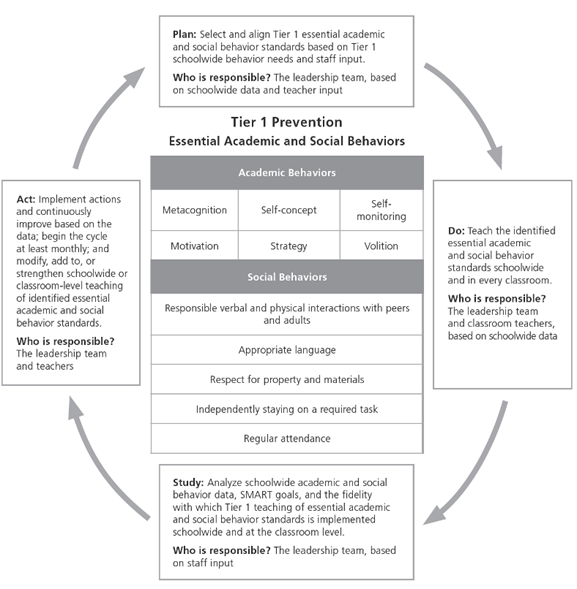
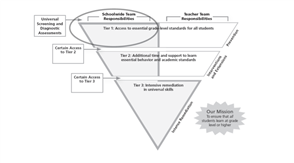
Specifically, the leadership team (with ongoing input from collaborative teacher teams) first identifies what essential academic and social behaviors must be taught and reinforced across its campus and in every classroom using the Plan, Do, Study, Act processes outlined in the Tier 1 Schoolwide Prevention Cycle. Plan and Do will answer, “What behaviors do we want our students to know and be able to demonstrate?” and becomes your guaranteed and viable curriculum for behavior. Study answers, “How will we know when each student has learned essential behaviors?” and Act answers, “How will we respond when some students do not learn the taught behaviors?” A school will establish effective procedures for collecting multiple adequate levels of Tier 1 schoolwide data and use those data for decision making and a targeted response through the use of problem statements within Study and Act. The circled section of the image in Figure 1 above will also show you where this process exists within the RTI at Work pyramid to help integrate behavior/SEL into your existing PLC and RTI work.
Consider these two common scenarios we see even within high achieving schools:
| Scenario A | Scenario B |
| Mrs. Darling is a second-grade teacher in a high achieving school located in a disadvantaged part of town with a high crime rate, where students regularly face trauma. The second-grade team members frequently take over the team meetings venting about repeated behavior challenges in their classrooms. Additionally, the teachers complain about not having administrator support with discipline and not seeing students receive consequences for misbehavior. The teachers feel frustrated and overwhelmed that these disruptive students may prevent their grade level from reaching their academic SMART goal. | Mrs. Darling is the lead second-grade teacher in a high achieving school located in a disadvantaged part of town that has a high crime rate and where students regularly face trauma. The second-grade team members consider these factors as they discuss the students “by name, by need” but do not use these factors as excuses for not serving all students academically and social-emotionally. As part of their collaborative teacher team meetings, they discuss the social-emotional behavior and the academic achievement of all second grade students using the PLC process. |
Scenario A (halfway there) is the product of a school where its culture has focused only on the academic achievement of its students. We encourage your leadership team to engage your faculty in creating a guaranteed and viable curriculum for behavior/SEL. When a school takes the collective responsibility to ensure all students will learn at high levels, this includes their social and emotional well-being. While each teacher team takes lead responsibility to answer the four critical questions for their shared grade level or course for academic achievement, the leadership team will work together with staff to answer these questions collectively to design and implement schoolwide prevention around the essential academic and social behaviors.
Our students have been out of the traditional learning environment for over a year now. While we know there will be gaps in learning as a result, we also know there will be gaps in their ability to demonstrate appropriate behaviors. Will our campuses create conditions for prevention or will we react in a traditional manner? As our friend and coauthor, Mike Mattos, beautifully puts it — rather than finding more things to do to students by punishing them into obedience, use this process to start identifying things to do for students by creating a system of prevention and a process of supports for students who didn’t respond the first time these skills were taught. This will ultimately become the first step toward moving your school’s focus beyond achievement data and creating a path toward meeting the academic AND social/behavioral needs of all students. Utilize Behavior Solutions to help your school move past the halfway point.


